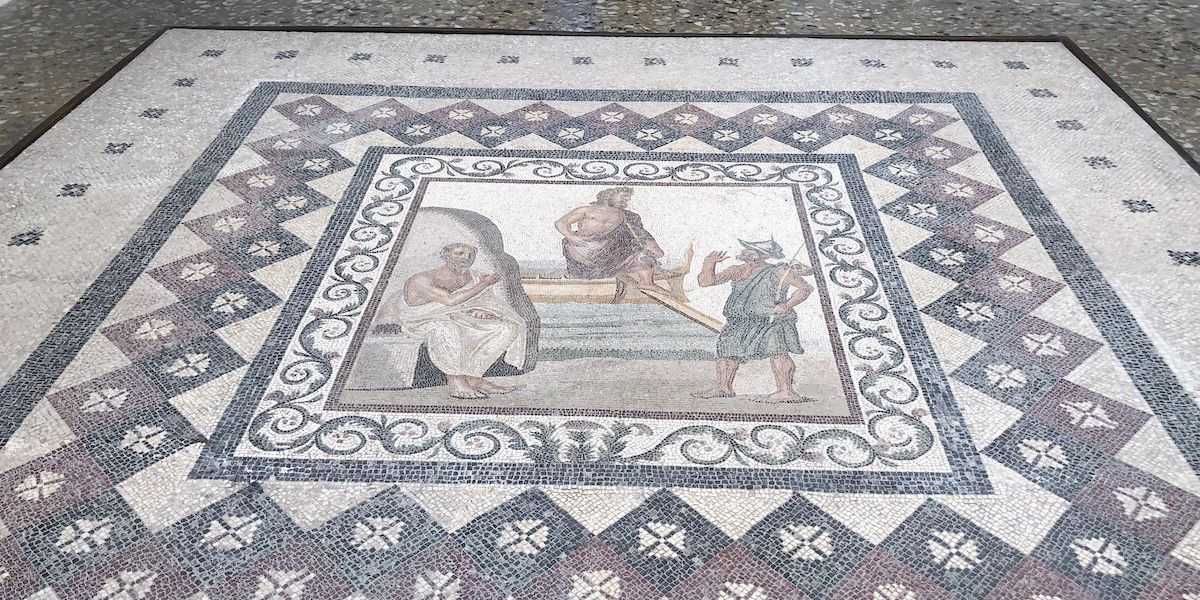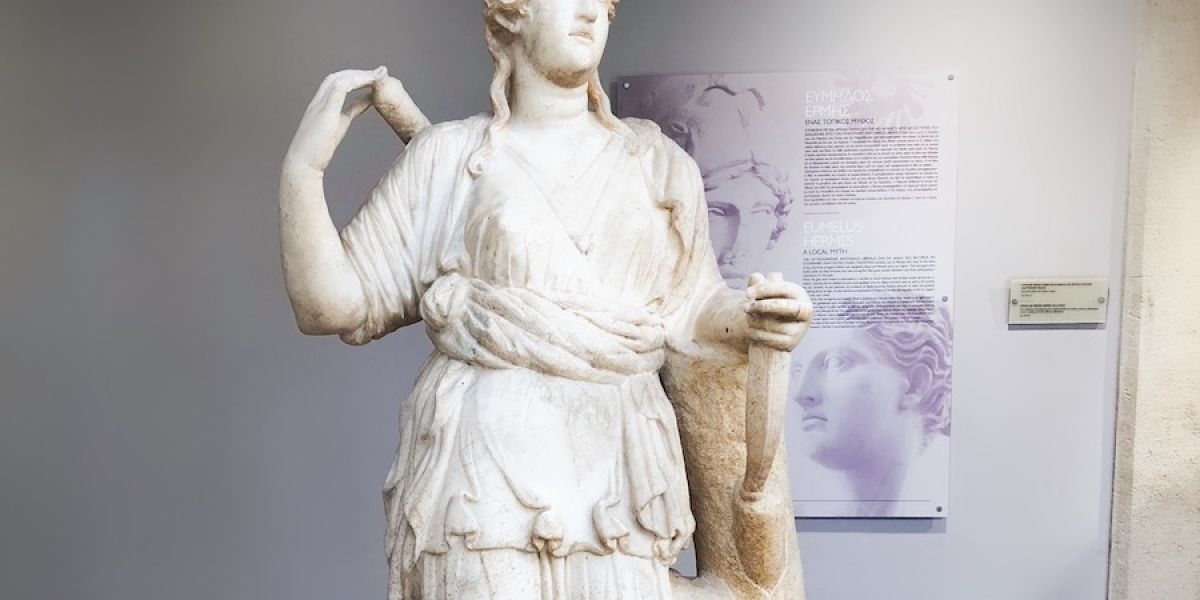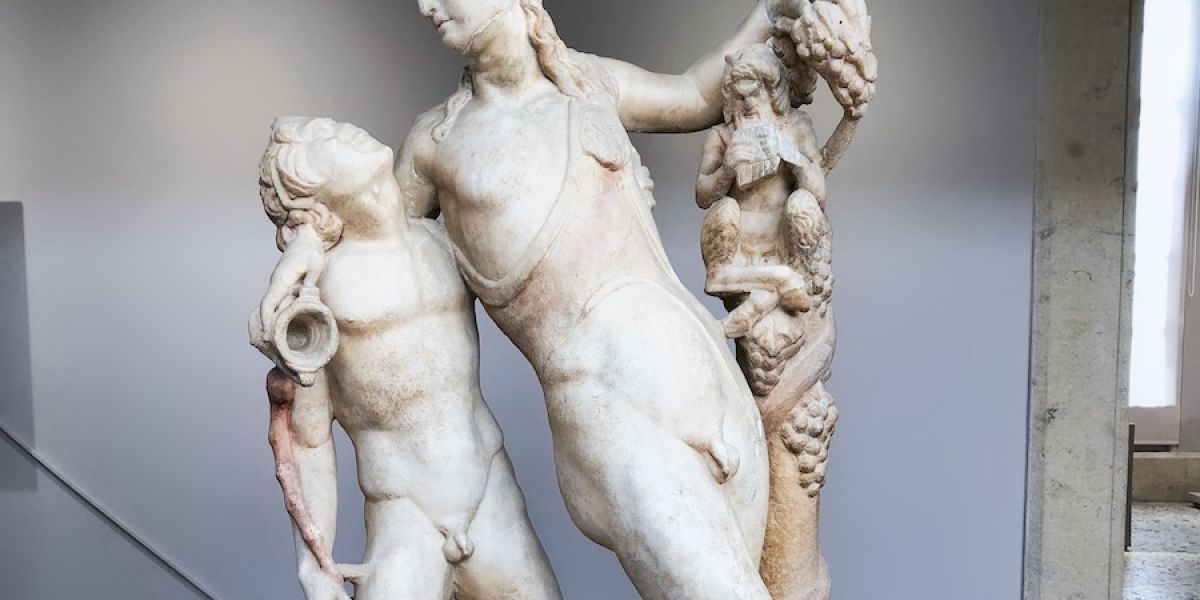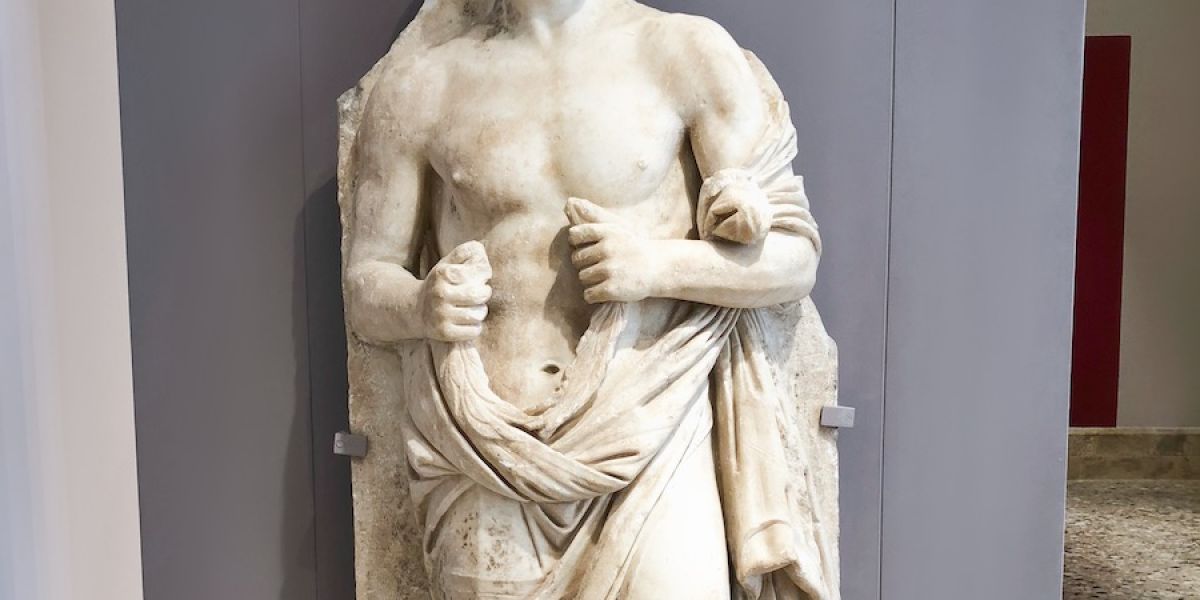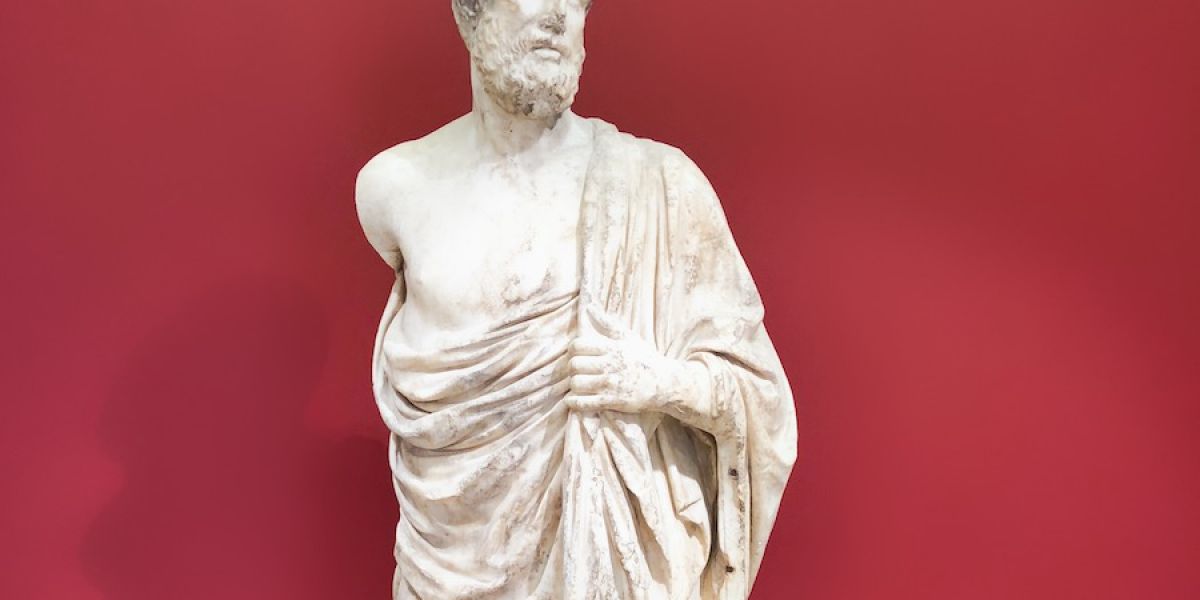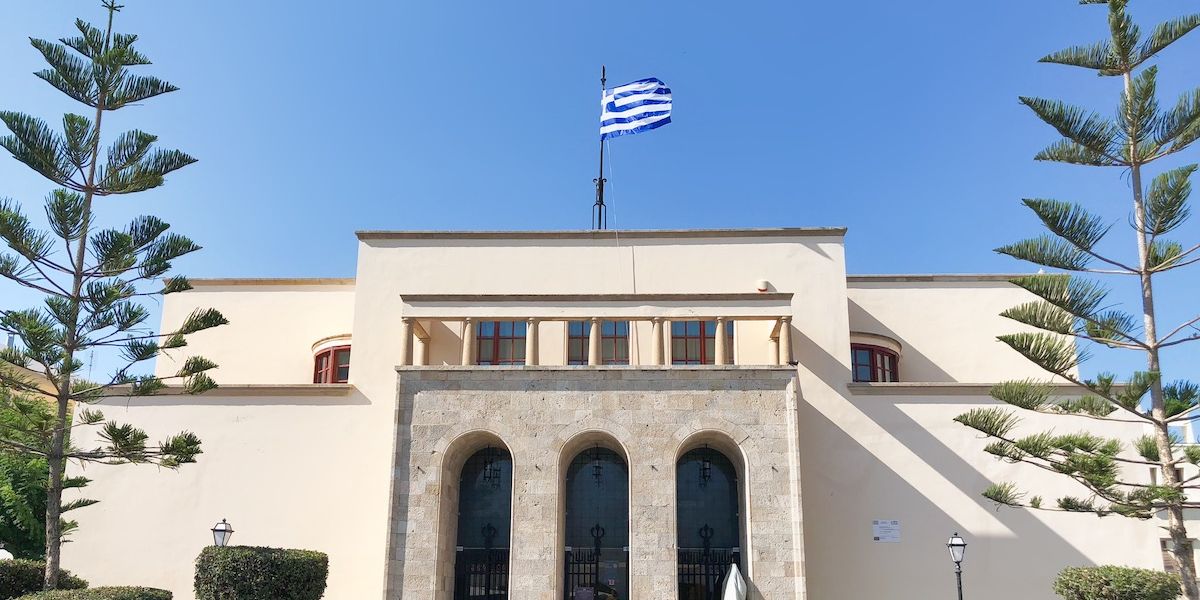The Archaeological Museum of Kos is located at Eleftherías Square in a representative building built in 1936 under Italian rule. Its collection features the most important archaeological finds of Kos. Most of the finds were excavated during the archaeological excavations after the earthquake in 1933. On display are numerous ancient statues and mosaics.
The largest part of the collection was found in Kos Town in the areas of large excavations, the excavations of the Ancient Agora, and the western excavation field. But there are also finds from the smaller excavations at the Altar of Dionysus the Roman Odeon of Kos, and the Roman house (Casa Romana). All of these excavation sites can be visited today. Other finds were discovered in other places of Kos like Aspri Petra and Astypalaia and the Asklepieion of Kos.
Among the exhibits are a monumental head of the goddess Hera from the 2nd century BC and a tombstone with the relief of a lion. A highlight is a colorful mosaic floor from Roman times, more precisely the 3rd Century, it shows Hippocrates in white robe in front of a rock, he gets a visit of Asklepios, the god of healing. Noteworthy are also two statues of the many-breasted Artemis, whether it really is breasts or bull's testicles, is controversial, possibly it is also the representation of a custom in the great Artemis Temple of Ephesus, where it was a custom to attach testicles of sacrificed animals to the marble statue of the goddess. The most important exhibit of the museum is a 4th century BC. statue that shows most likely the physician Hippocrates.
The largest part of the collection was found in Kos Town in the areas of large excavations, the excavations of the Ancient Agora, and the western excavation field. But there are also finds from the smaller excavations at the Altar of Dionysus the Roman Odeon of Kos, and the Roman house (Casa Romana). All of these excavation sites can be visited today. Other finds were discovered in other places of Kos like Aspri Petra and Astypalaia and the Asklepieion of Kos.
Among the exhibits are a monumental head of the goddess Hera from the 2nd century BC and a tombstone with the relief of a lion. A highlight is a colorful mosaic floor from Roman times, more precisely the 3rd Century, it shows Hippocrates in white robe in front of a rock, he gets a visit of Asklepios, the god of healing. Noteworthy are also two statues of the many-breasted Artemis, whether it really is breasts or bull's testicles, is controversial, possibly it is also the representation of a custom in the great Artemis Temple of Ephesus, where it was a custom to attach testicles of sacrificed animals to the marble statue of the goddess. The most important exhibit of the museum is a 4th century BC. statue that shows most likely the physician Hippocrates.
Photos
Map




